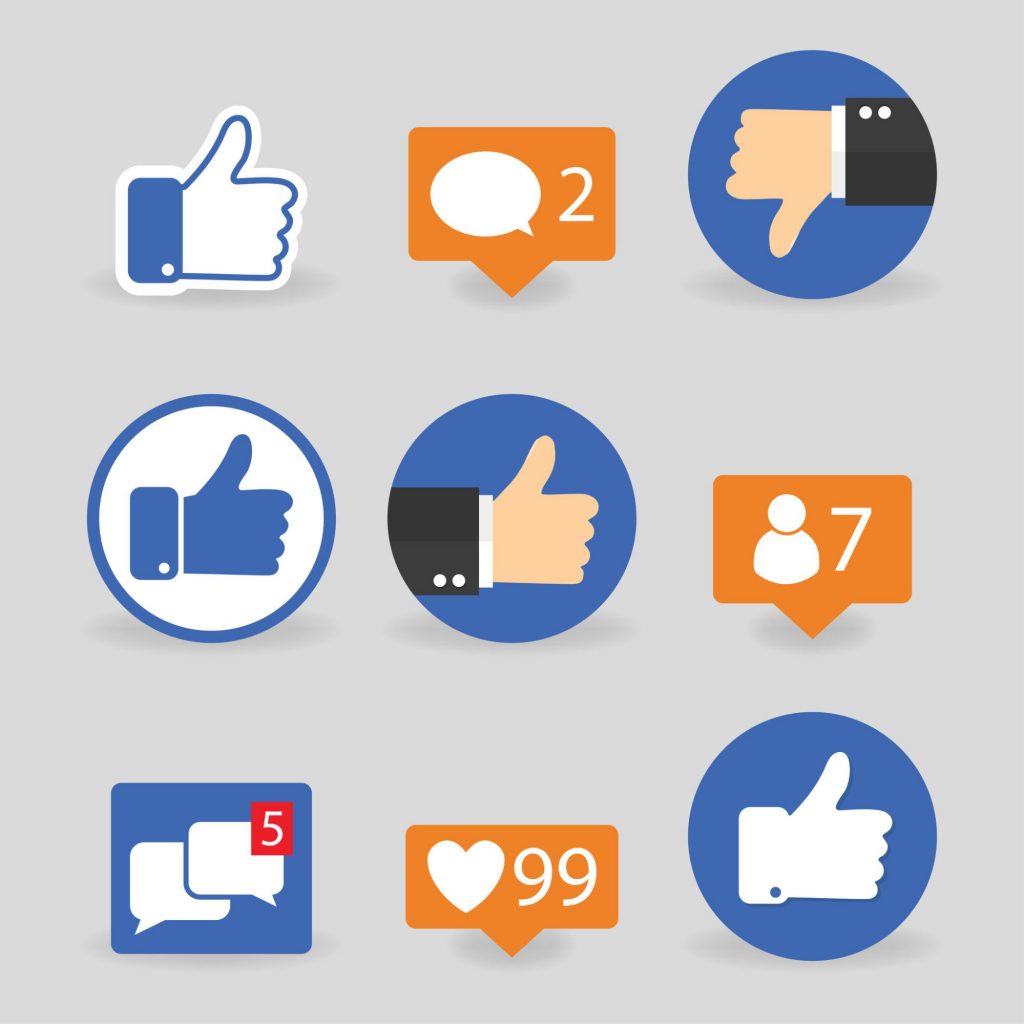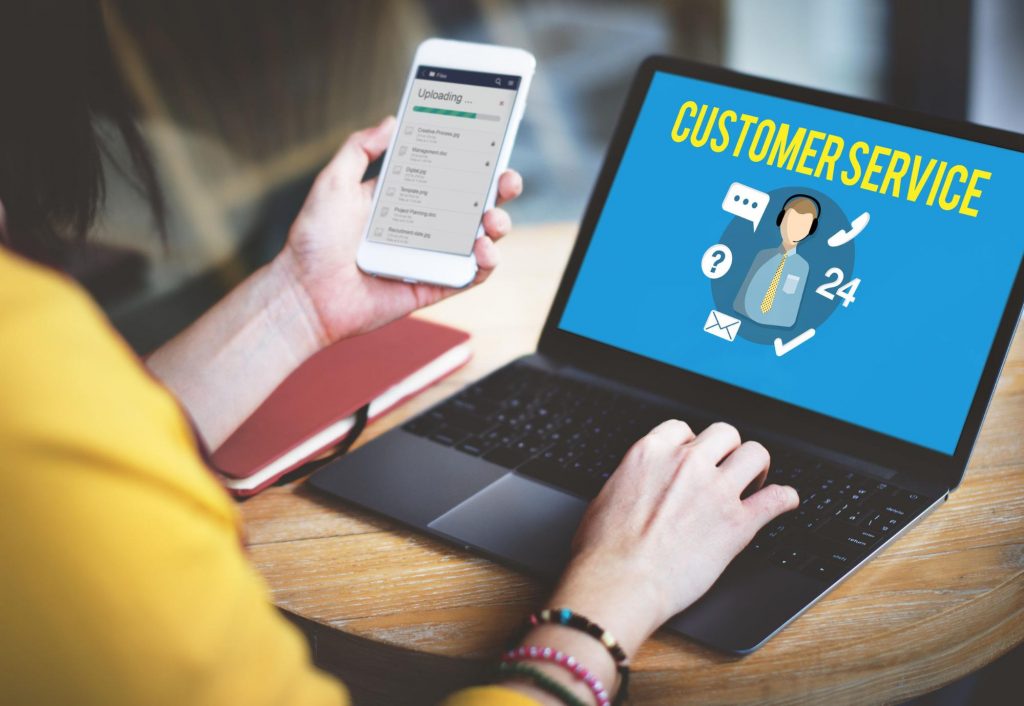
There is no official playbook for getting great social media performance. Those who succeed get there by making educated guesses, marking their results, experimenting with optimization changes, and measuring again. You should go through this process, too, but you can take a shortcut by observing what works for others.
Facebook’s algorithm is changing all the time, and even the people behind the scenes aren’t 100 percent sure of how it will affect things. That’s why they’re always tweaking it. You should always be tweaking, too. Otherwise, what gets good performance today may not be viable tomorrow.
Keeping this in mind, know that the most successful brands on Facebook are doing a lot of tweaking and experimentation for you. By observing what they do, you can get great ideas for how to improve your social media marketing strategy. What works for them may not work for you, but it’s at least a good starting point for an educated guess.
So, to help you improve your Facebook marketing success, here are four common traits between the top pages worth putting in your personal strategy book.
They Post Multiple Times a Day to Beat the Engagement Slump

The biggest challenge business pages face on Facebook these days is earning reach and engagement from their posts. To combat this trend, many of the top brands post content daily—often multiple times a day.
Make no mistake: organic reach on Facebook has taken a nosedive over the past few years. Adjustments to the newsfeed algorithm in 2016 lead to a precipitous 20 percent drop in overall engagement for brands and publishers over the course of 2017.
Then, things got even worse. Facebook retooled their newsfeed even further to obscure page posts in favor of posts from friends. The change was devastating, leading to post engagement drops as big as 96 percent.
Data from a joint Buffer App/Buzzsumo study shows that the biggest pages are getting hit hard, too. Overall, the study found that engagement has dropped by 50 percent over the last 18 months.
The study also determined that the top Facebook pages all have a similar strategy to fight against engagement drop: posting more frequently. According to their data, the overall volume of posts from the top pages grew by nearly 20,000 posts from Q1 2017 to Q2 2018. On average, the top 20,000 highest-performing Facebook pages post 135 times a month on average, which averages out to just over four posts a day.
This data doesn’t necessarily mean you should go all out on Facebook posting. Top pages admittedly already have large audiences in the millions, so posting more often is more likely to lead to a significantly higher volume of views and clicks.
At the same time, while brands that post five times a day get the highest volume of engagement, brands that post less than once per day tend to get the most engagement per post. Additionally, pages that posted 10 or more times actually saw their engagement drop.
So, since your page likely doesn’t have millions of followers, the best takeaway is to experiment with how frequently you post and measure the results. You may find that producing steady streams of content can help you build audiences, but you may also decide to dial back if you discover that posting too frequently offers diminishing returns.
They’re Diligent About the Times They Post

Avoid Facebook posting to an empty room. Audiences follow similar engagement patterns throughout the day and week, meaning that they tend to log in around similar times. Your job as a social media marketer is to figure out when those days and times are.
For instance, unless you know for a fact that your audience is up at 3:00 a.m., maybe hold off and schedule that post for the next afternoon.
You can identify when your audiences tend to engage the most within your page’s insights data. You can also look to engagement data from big brands to see if their strategies work for you.
According to Sprout Social, Wednesdays and Thursdays get the best engagement, with the weekend days getting the least by far. Their data also shows that people tend to browse Facebook most heavily during work hours, especially around lunch time. Who would have guessed?
They Pique Interest Without Being Clickbait
What are the types of Facebook headlines that get the most clicks? The answer may surprise you!
In all seriousness, viral Facebook content has evolved considerably since the days of shameless clickbait headlines from yesteryear. Make no mistake: there’s still a formula to top-performing headlines, but it’s gotten more informative rather than mysterious.
Another BuzzSumo study gathered data from millions of headlines and found that the absolute best performing phrase used was “will make you…”—as in “This Video Will Make Your Heart Melt” or some similar promise. Essentially, the headline promises some sort of emotional reaction, and people really seem to bite. The phrase earned over double the engagement of the runner up (“this is why…”). The phrase also appears in self-help type content, such as “This cooking technique will make you better at barbeque.”
Taken beyond face value, the phrase “will make you…” gets to the heart of what the best content does: it’s transformative. You’re a slightly different person after consuming it because you learned or felt something. Keep this type of concrete promise in mind when you craft content for your audiences.
And don’t skimp on quality, either! Another BuzzSumo study found that even though engagement rates are dropping across the board, recent Facebook newsfeed algorithm changes seem to favor high-quality content. The study notes that, “interestingly we have seen higher engagement with paywall content over the last year, which may again relate to perceptions of quality.”
Put in effort, and offer audiences value to ensure their clicks lead to a rewarding experience.
They Ensure Their Facebook Page Provides a Service, Not Just a Presence

The biggest reason people don’t engage with Facebook pages (beyond having them hidden from view by algorithms) is that they really don’t have much reason to. If a brand isn’t publishing funny, entertaining, informative, or highly clickable content, people don’t just visit its page to hang out.
On the other hand, brands that offer value get rewarded. Some brands are even going above and beyond the typical Facebook offerings to help their customers out.
Starbucks, for instance, has embedded a handy maps tool on their page that helps people locate a store near them. They can also click around the map to see store hours, whether the location has a drive-thru, and other tidbits. Definitely consider this feature if you have multiple locations, or consider using it to point people to areas of interest related to your services.
The Starbucks page goes even further by sharing intriguing Pinterest content posts about coffee recipes, how to’s, and historical facts about coffee. “The goal of this integration is to keep you glued to their Facebook page,” explains Neil Patel. “You could spend hours going through every content piece here.”
Patel also provides another excellent example of a seldom-used Facebook capability: providing great customer service. Online shoe retailer Zappos, for instance, told an inquiring shopper where they could buy a particular shoe brand offline. Even though pointing the customer to a brick-and-mortar competitor could cost them a potential sale, it goes a long way towards building a trusting relationship.
Discover Your Own Winning Facebook Marketing Strategy
The brands mentioned above may have oodles more money in their marketing budget than your business, but the strategies they use are pure and simple. By identifying an optimal posting schedule, promising transformative experiences in their content, and going above and beyond with social customer service, they make an impact and keep their engagement levels high.
You may not be able to copy them and find automatic success, but at the very least you’ll be headed in the right direction. Learn lessons from others and from your own data as you experiment to ensure your Facebook marketing meets your business’s specific goals.
